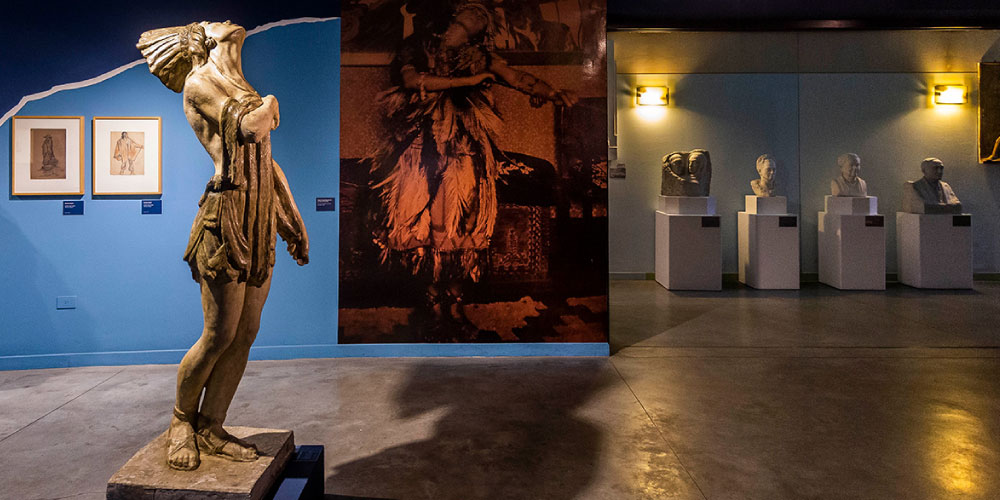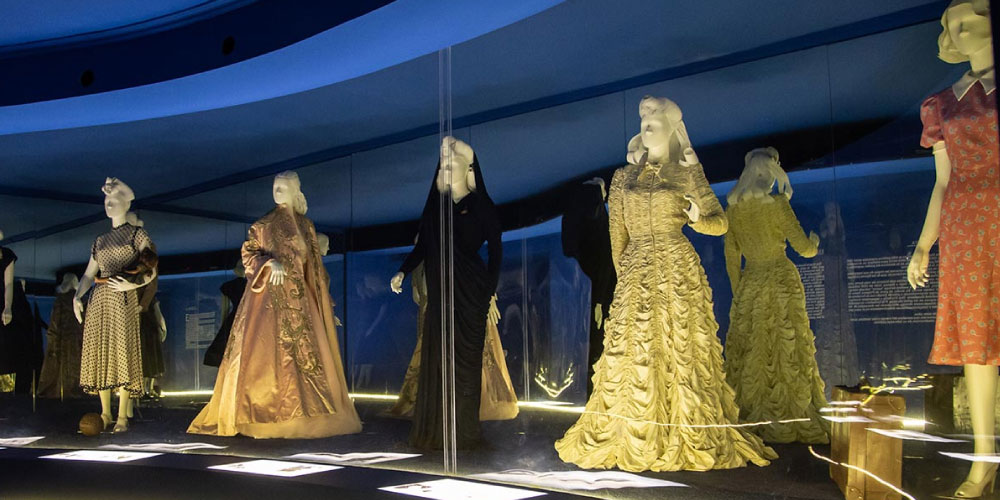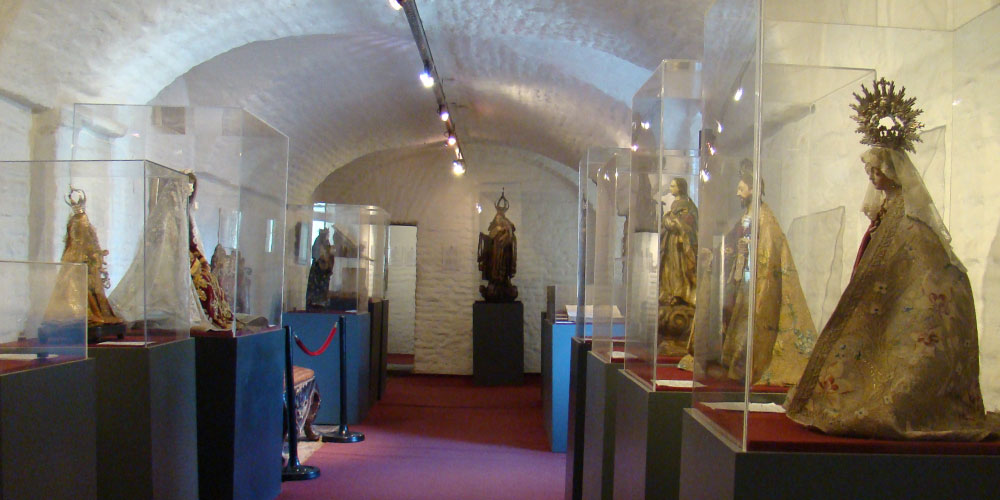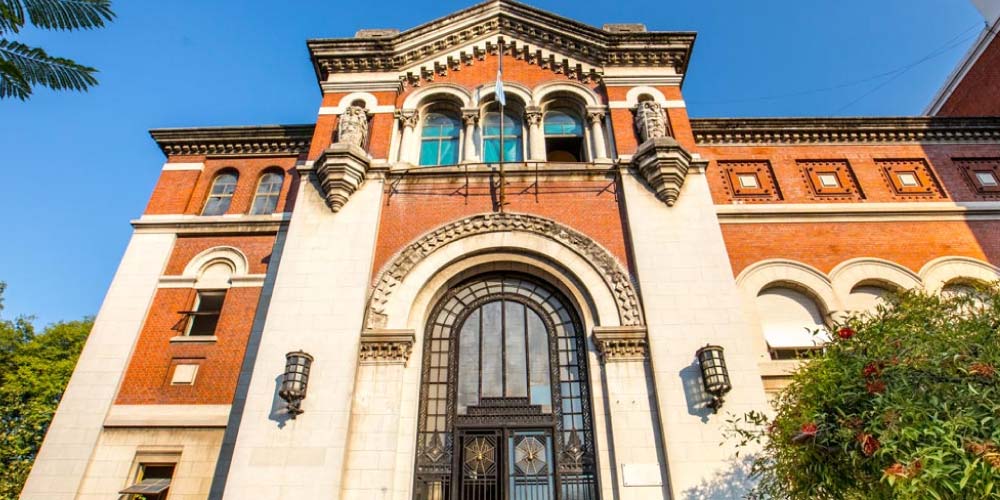Memory and Human Rights Museum ex ESMA: A Place of Remembrance in Buenos Aires
The Memory and Human Rights Space, also known as ex ESMA, is one of the most emblematic sites in Buenos Aires. This space, which once was a clandestine center for detention, torture, and extermination during Argentina’s last military dictatorship (1976-1983), has been transformed into a place of memory and reflection on human rights.
History of the Memory and Human Rights Museum
The Navy School of Mechanics (ESMA) was one of the largest detention centers during the dictatorship. It is estimated that more than 5,000 people were illegally detained in its facilities. Many of them were tortured and disappeared. After the return to democracy, ESMA became a symbol of state terror, and starting in 2004, a process began to transform the site into a space dedicated to memory and the promotion of human rights.
What to Visit
1. ESMA Museum of Memory Site: This museum occupies the building where the clandestine center operated. Through various exhibitions, it presents the history of the detainees and disappeared persons, as well as the judicial processes that led to the conviction of those responsible for the crimes committed.
2. Haroldo Conti Cultural Center: This cultural center offers a variety of artistic and educational activities related to memory and human rights. It includes exhibitions, workshops, lectures, and performances.
3. Institute of Memory Space (IEM): An organization dedicated to the preservation and dissemination of historical memory. It conducts research and offers educational resources about the dictatorship and the fight for human rights in Argentina.
4. Headquarters of Human Rights Organizations: Various human rights organizations are based on the premises, including Mothers of Plaza de Mayo – Founding Line and Grandmothers of Plaza de Mayo, who have played a crucial role in the search for justice and truth.
Importance of the Memory and Human Rights Space
This site is not only a place of remembrance and homage to the victims of the dictatorship but also serves as an educational tool for new generations. It promotes reflection on the importance of human rights and the need to preserve historical memory to prevent the repetition of atrocious events.
Important Information
– Hours and Access: The Memory and Human Rights Space ex ESMA is open from Monday to Friday from 9 AM to 8 PM and on weekends from 9 AM to 9 PM. Admission is free. It is advisable to check the official website for scheduled activities.
– Guided Tours: Guided tours are available, providing a deeper and more detailed perspective on the history and exhibitions of the site. These tours are highly recommended for a better understanding of the context and significance of the site.
– Respect and Reflection: As a place of memory, visitors are expected to maintain an attitude of respect and reflection during their visit. Photography is allowed, but always with consideration for the place and its meaning.
– Location: The space is located in the Nuñez neighborhood, at Av. Libertador 8151 in Buenos Aires.
The Memory and Human Rights Space ex ESMA is a must-visit for those in Buenos Aires who wish to understand a fundamental part of Argentine history. Its transformation from a repression center to a site of memory is a testament to the country’s commitment to truth, justice, and human rights. Visiting this space is an experience that invites reflection and reaffirms the value of human rights in today’s society.






 The museum houses over 400 works representing a wide variety of styles and periods. Notable artists include:
The museum houses over 400 works representing a wide variety of styles and periods. Notable artists include:


